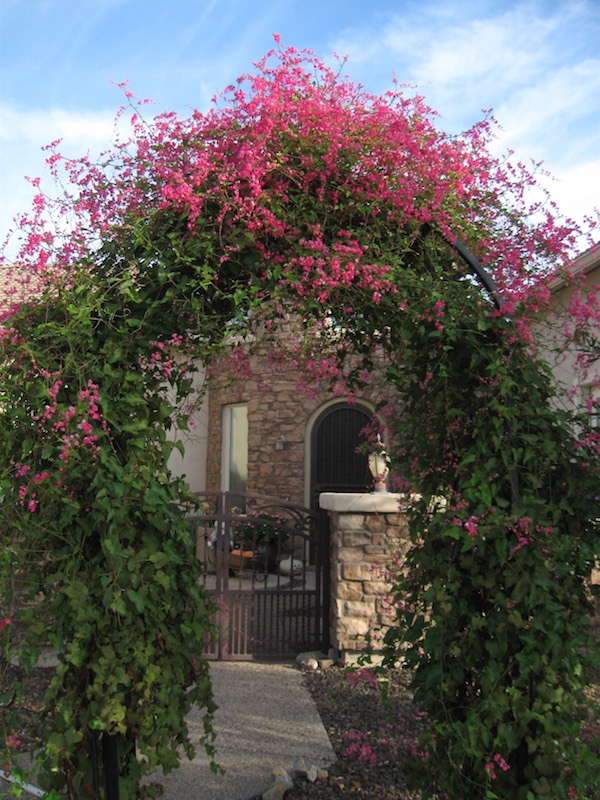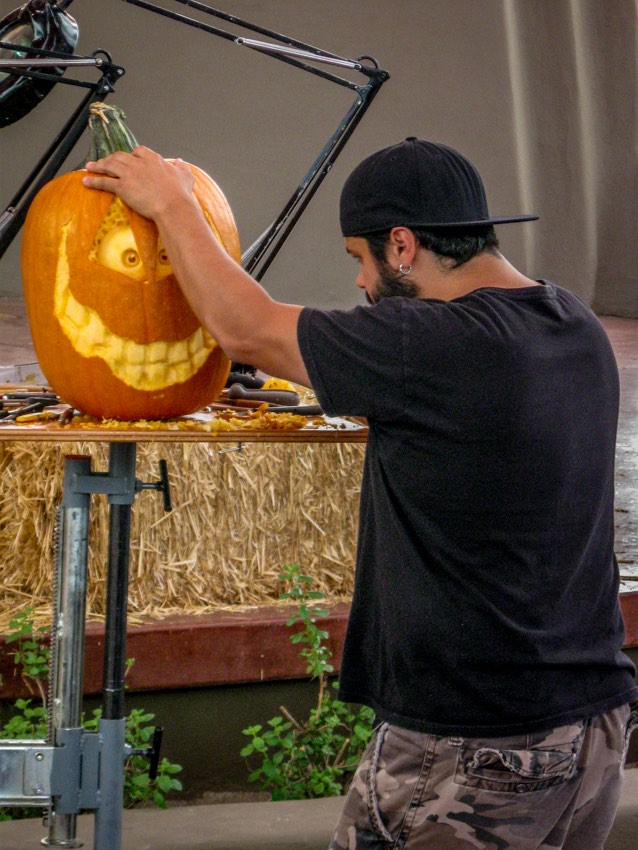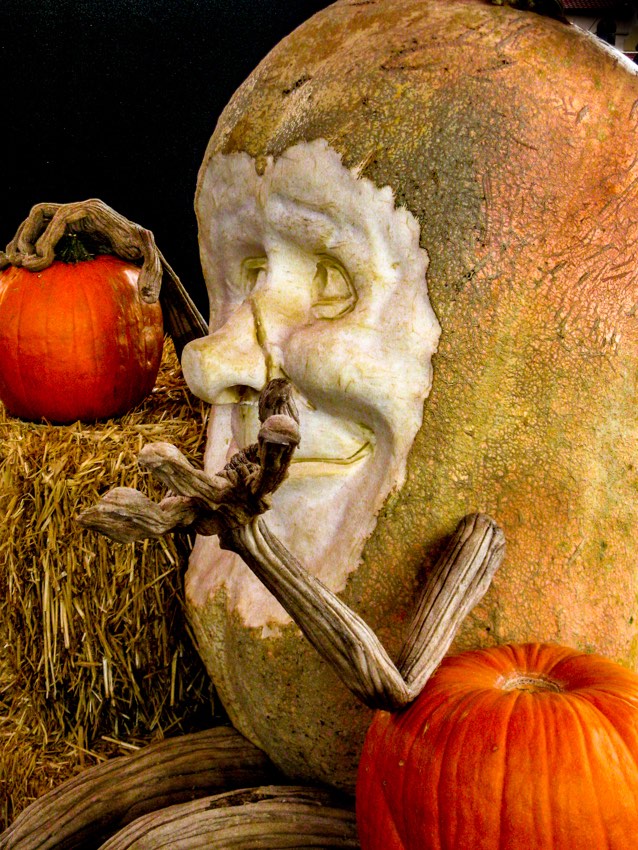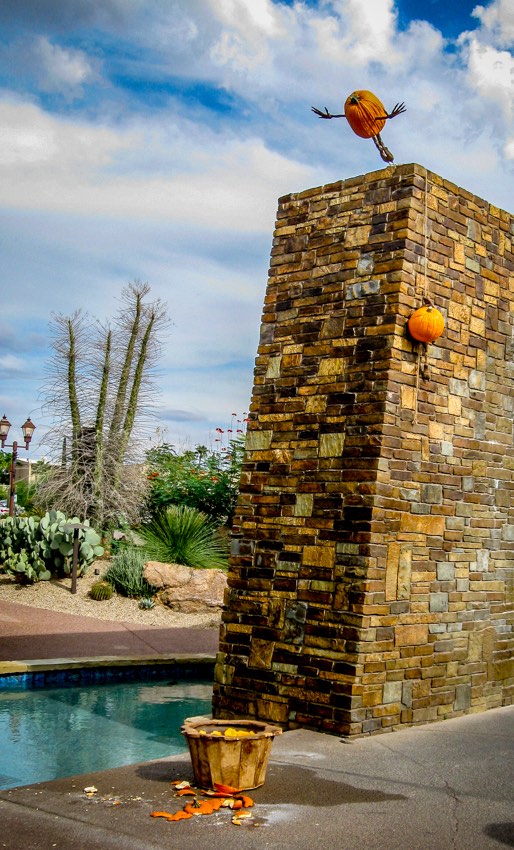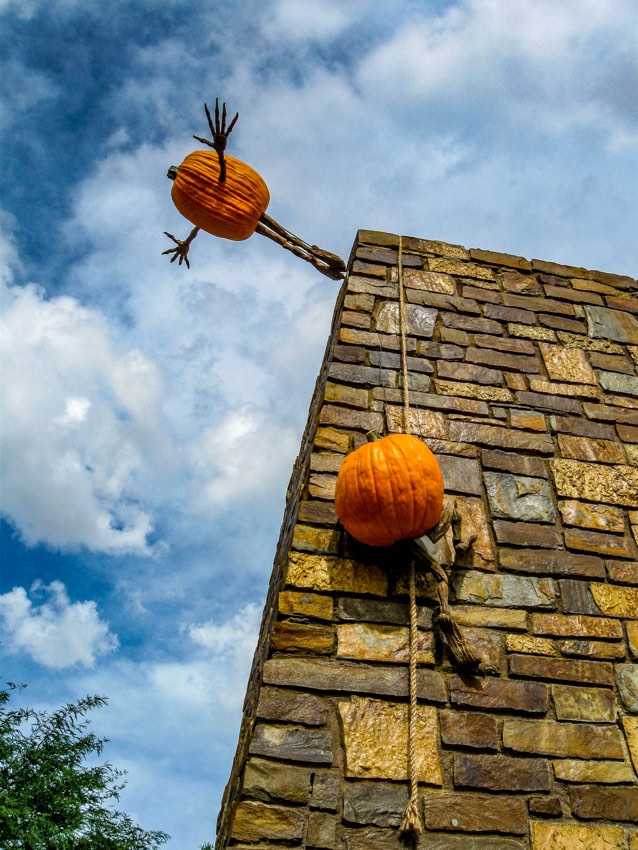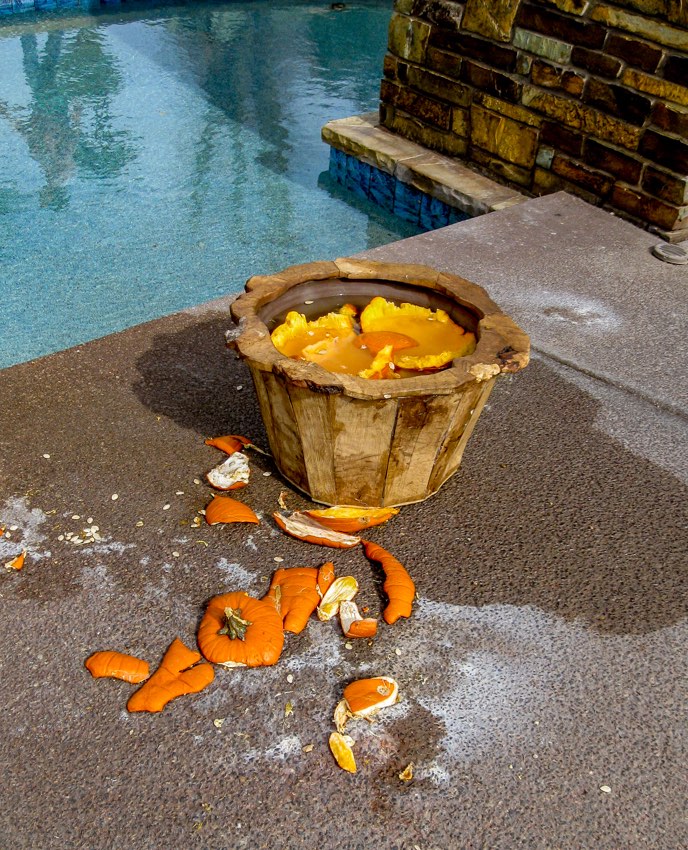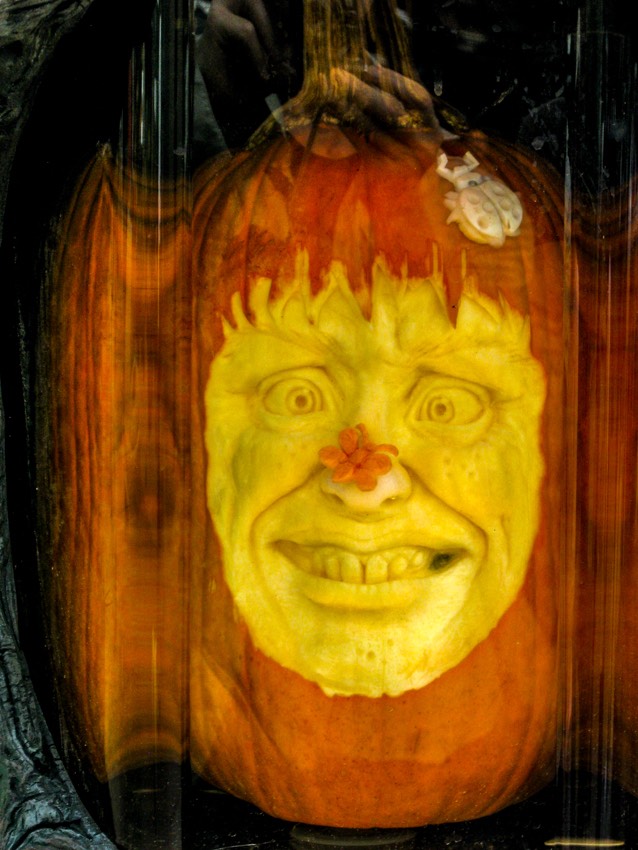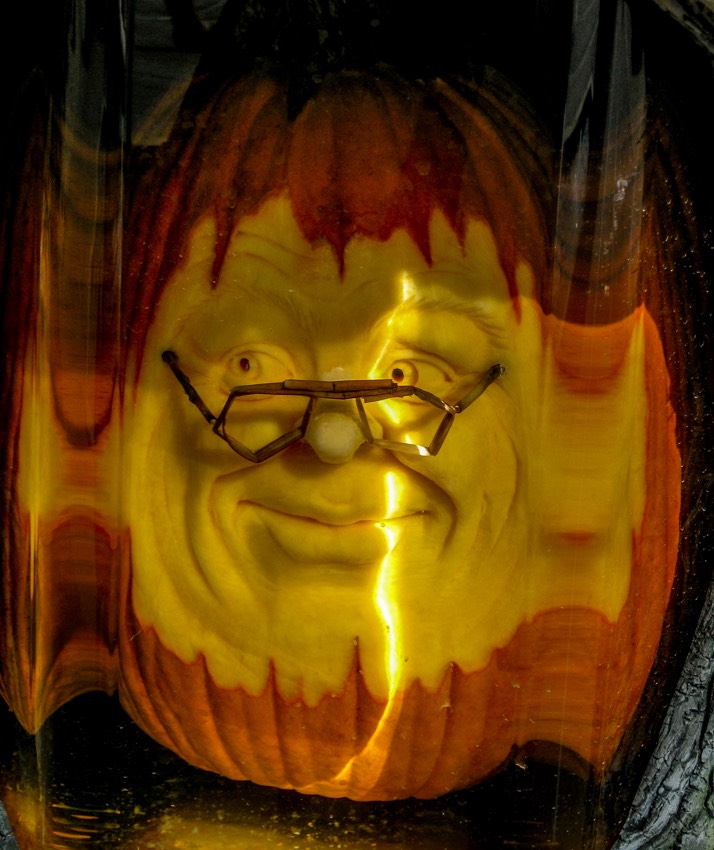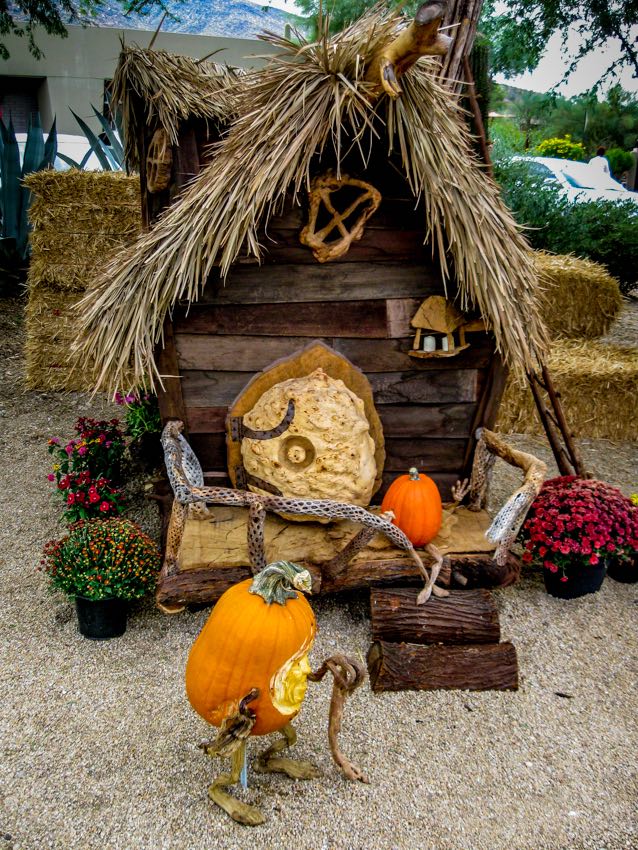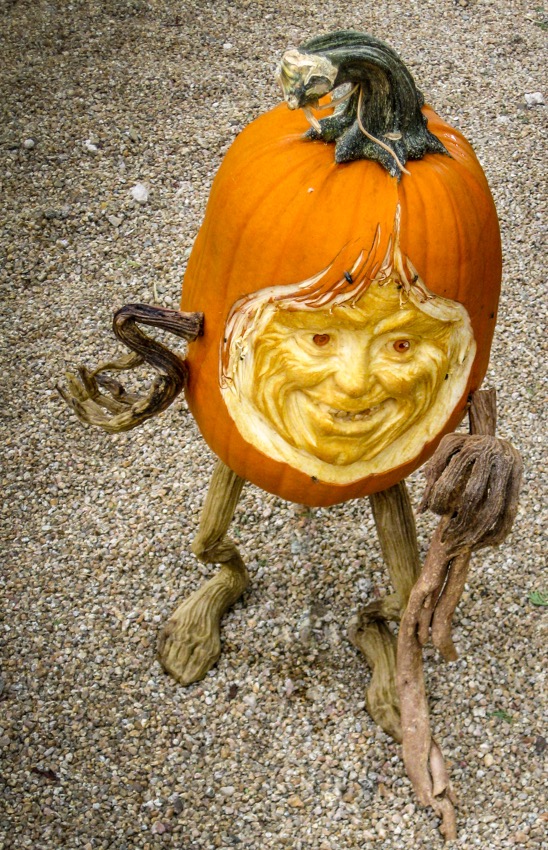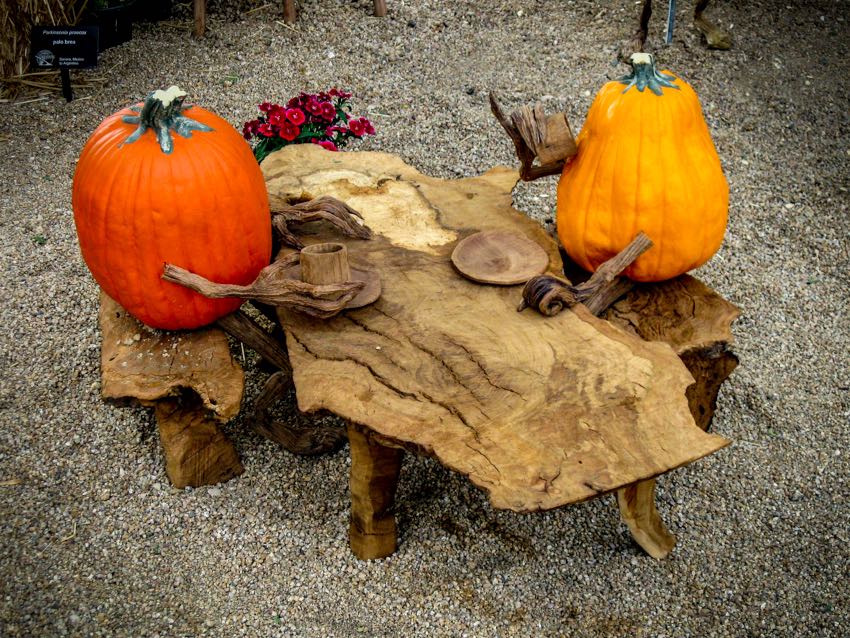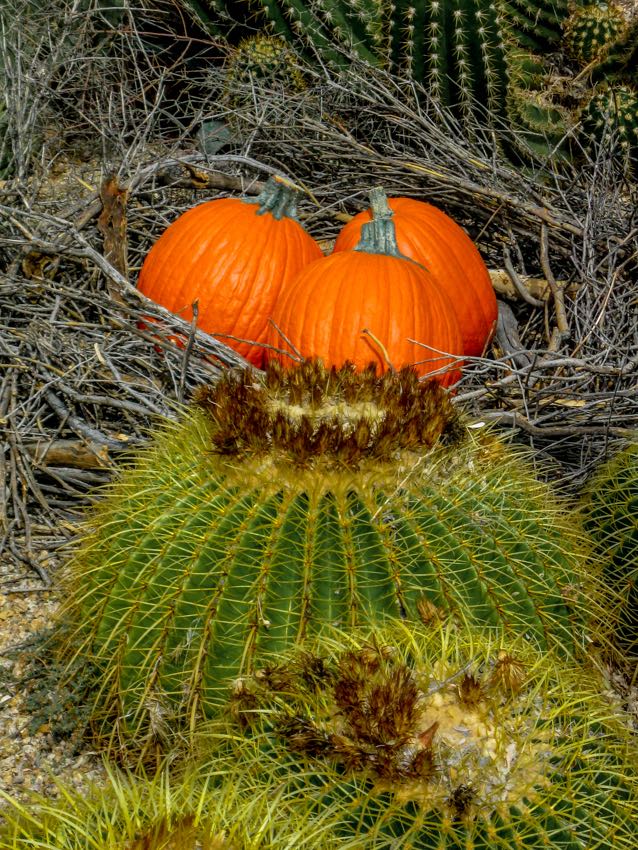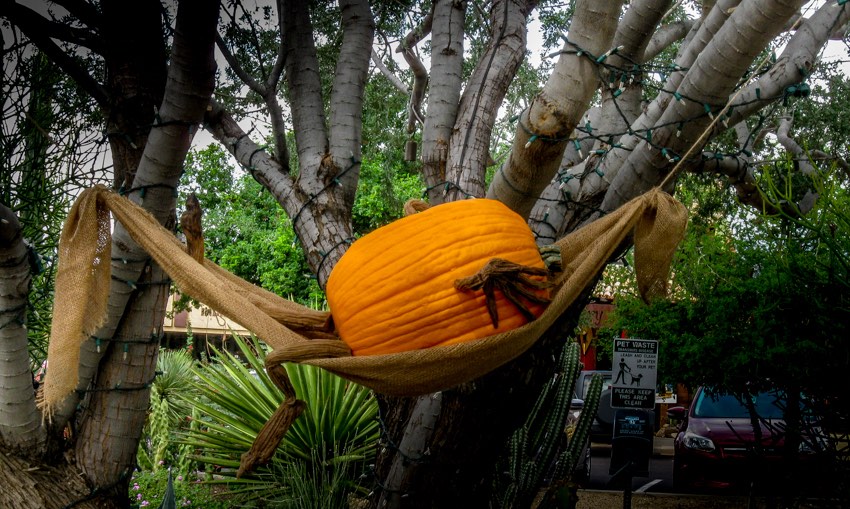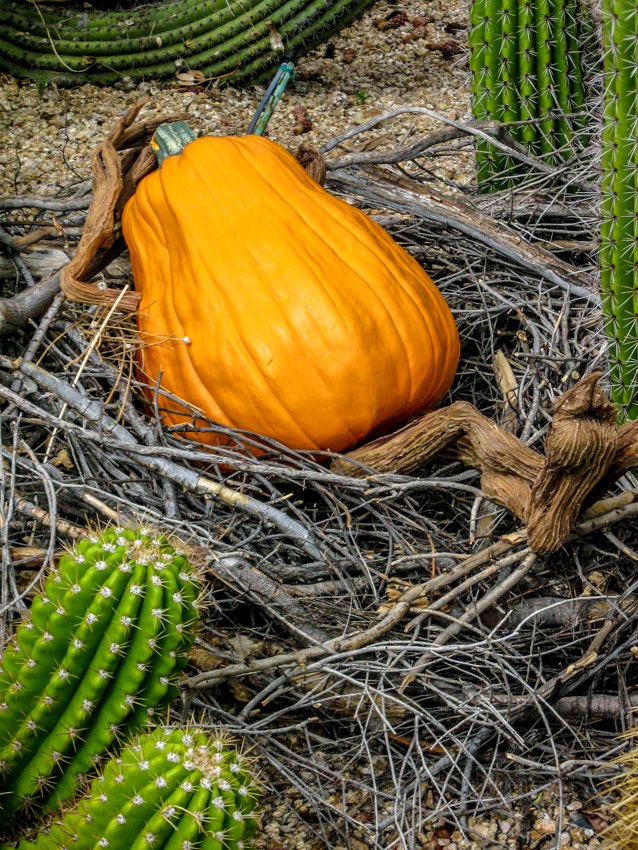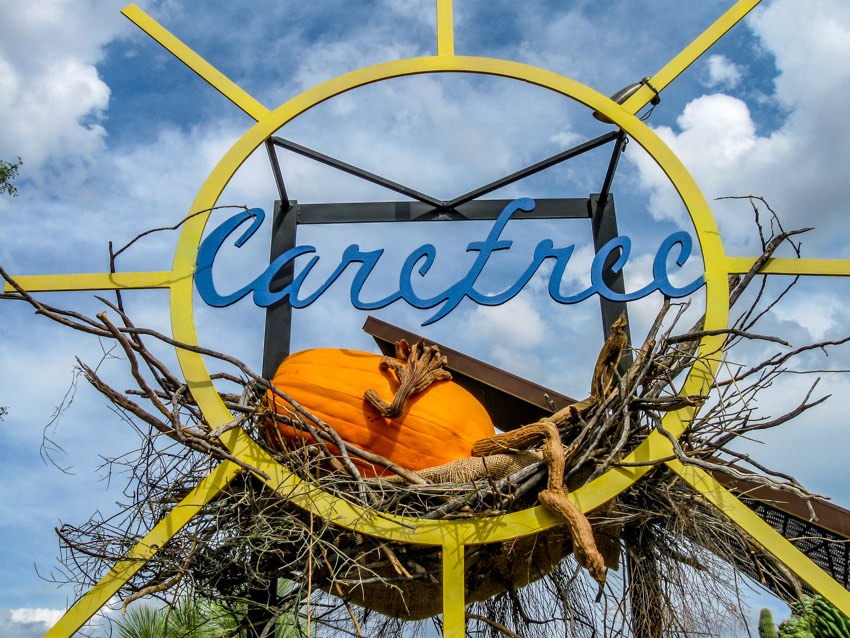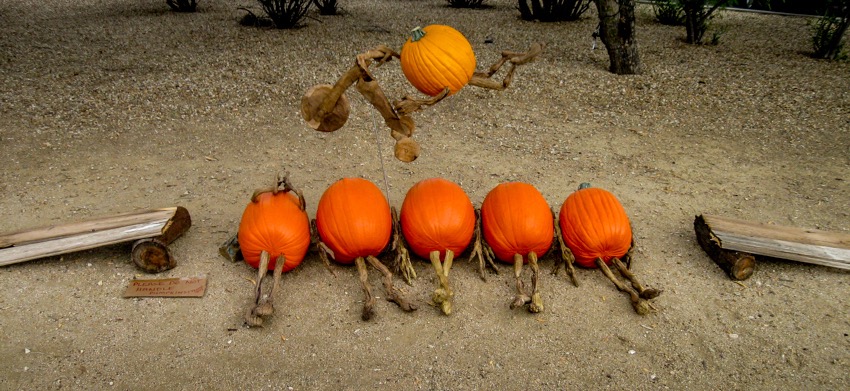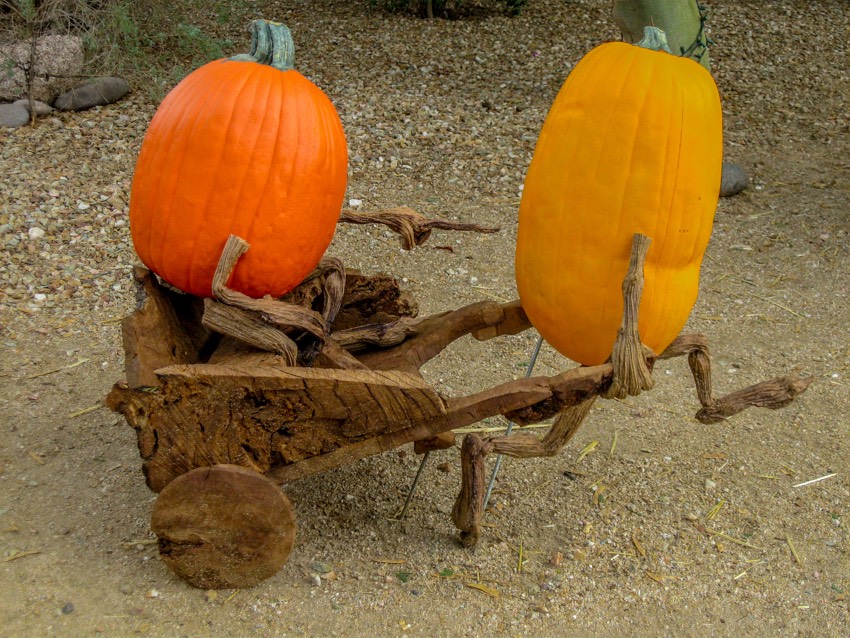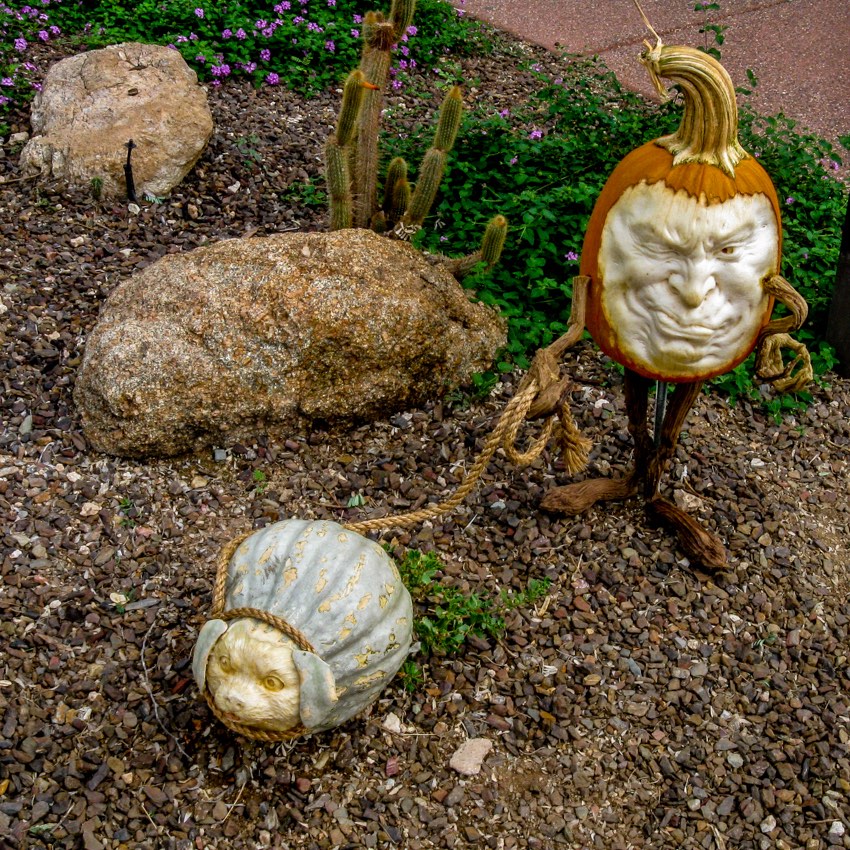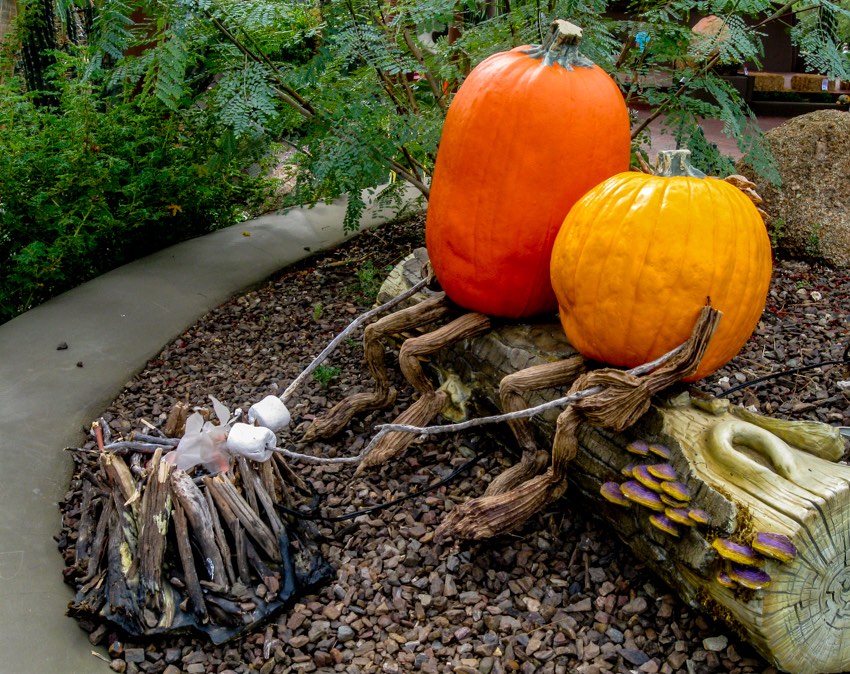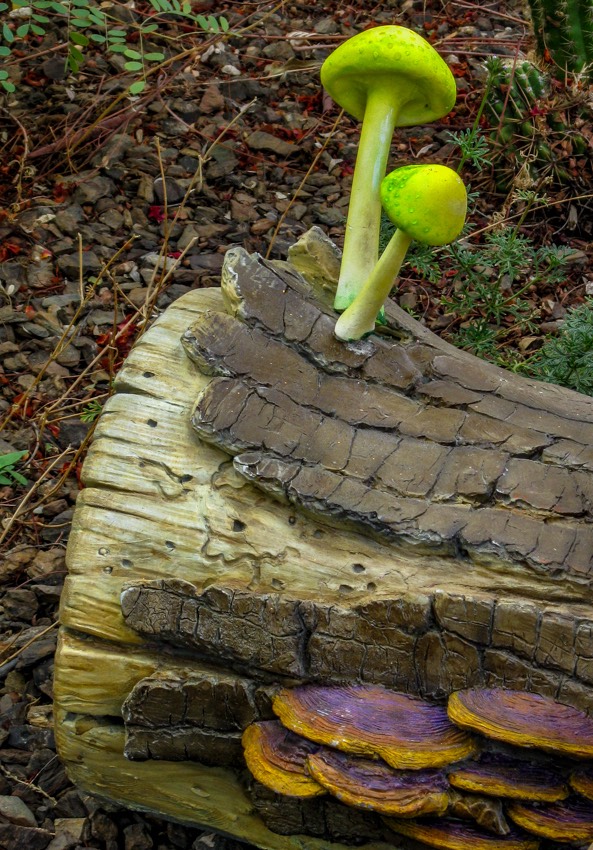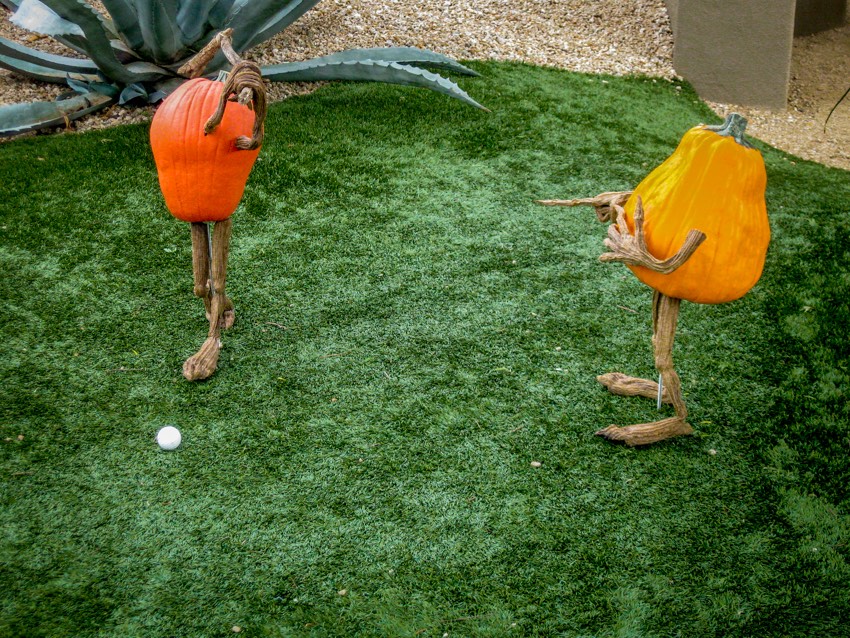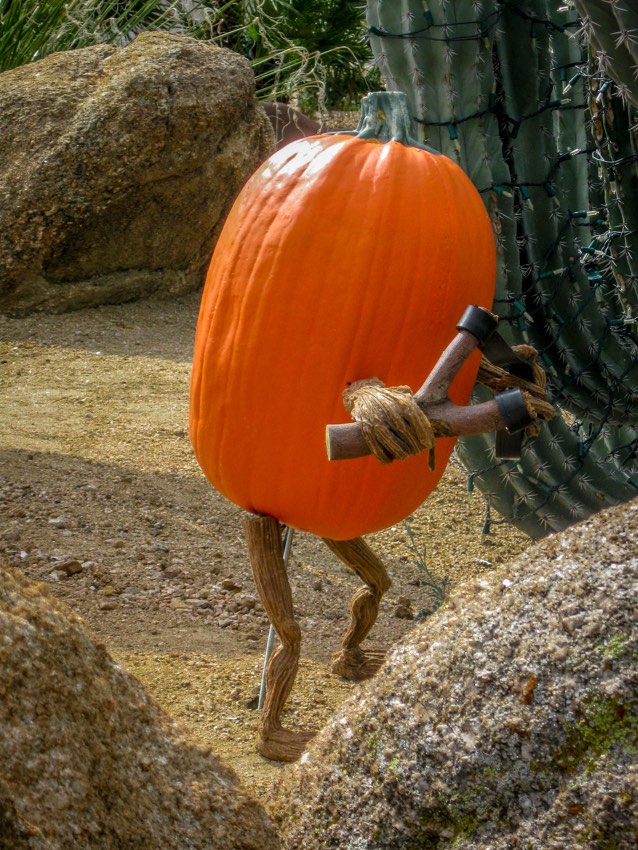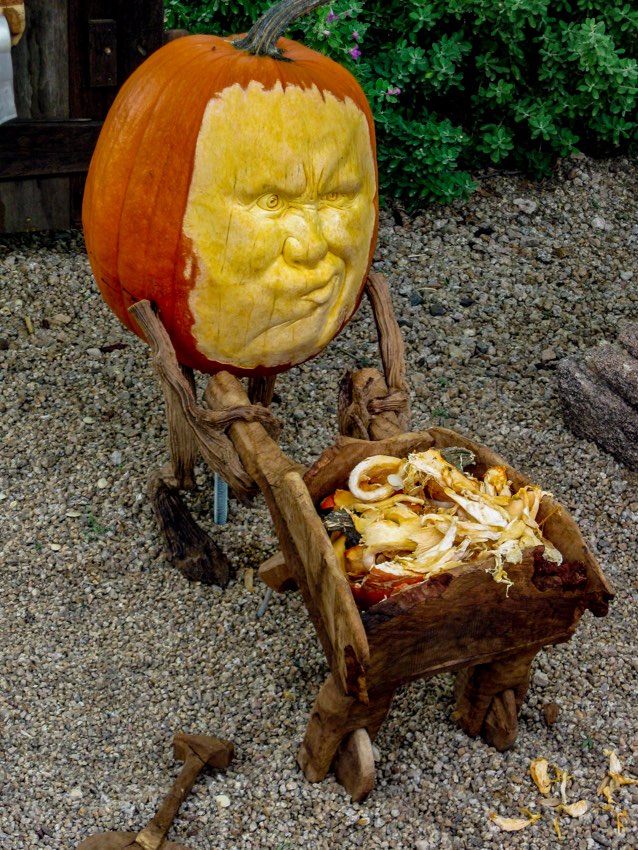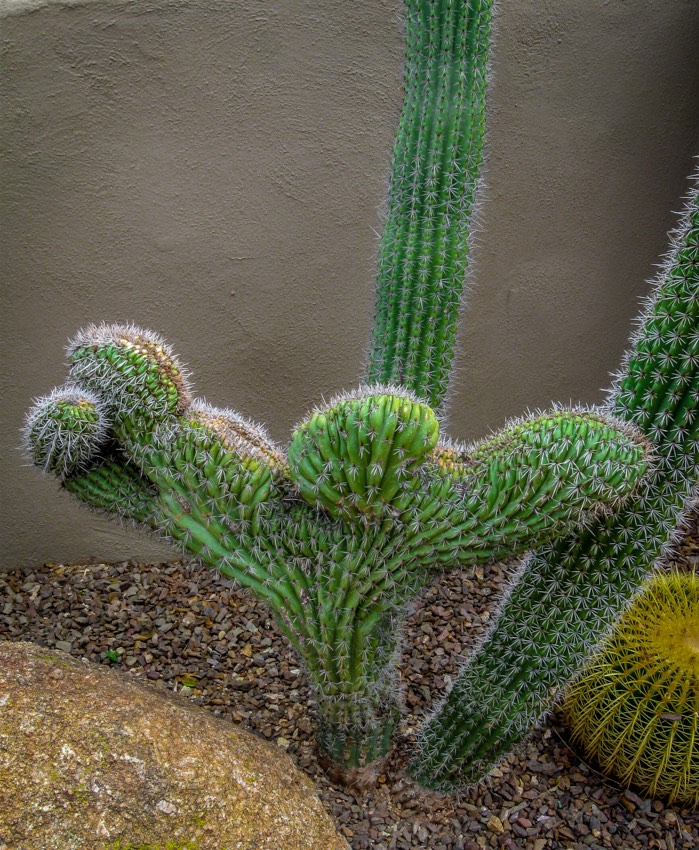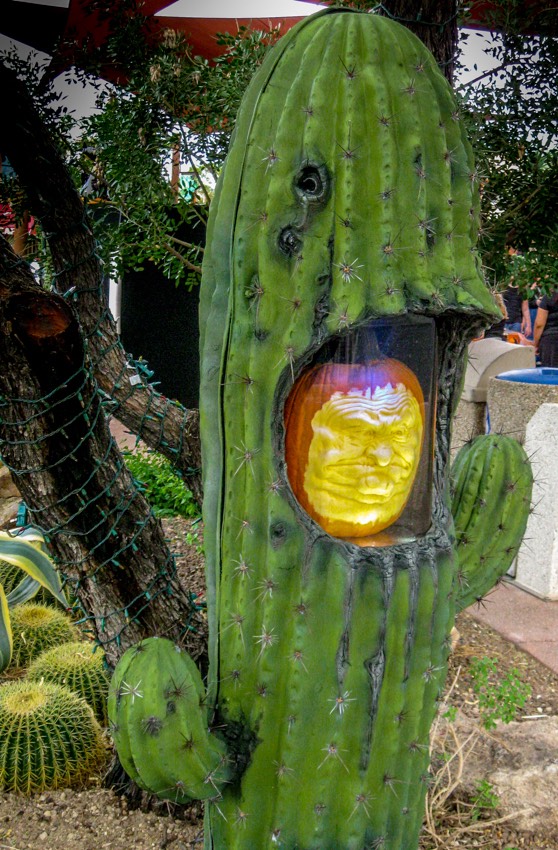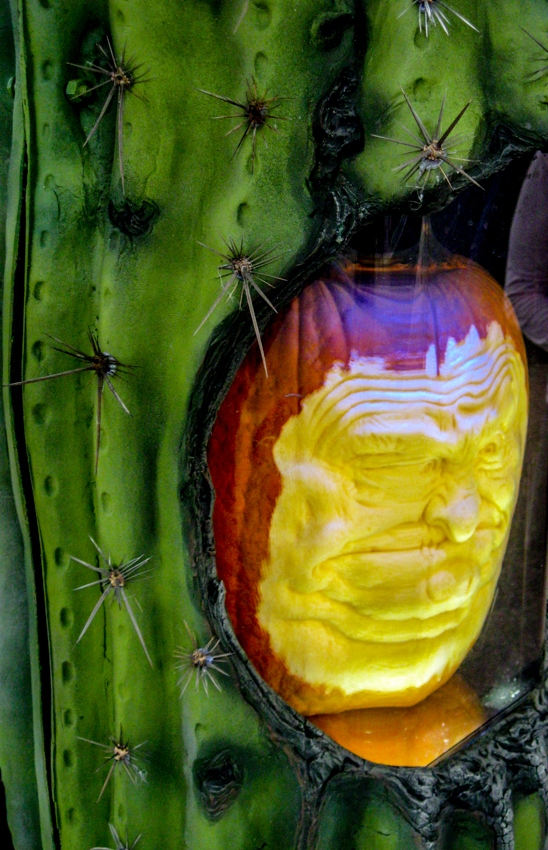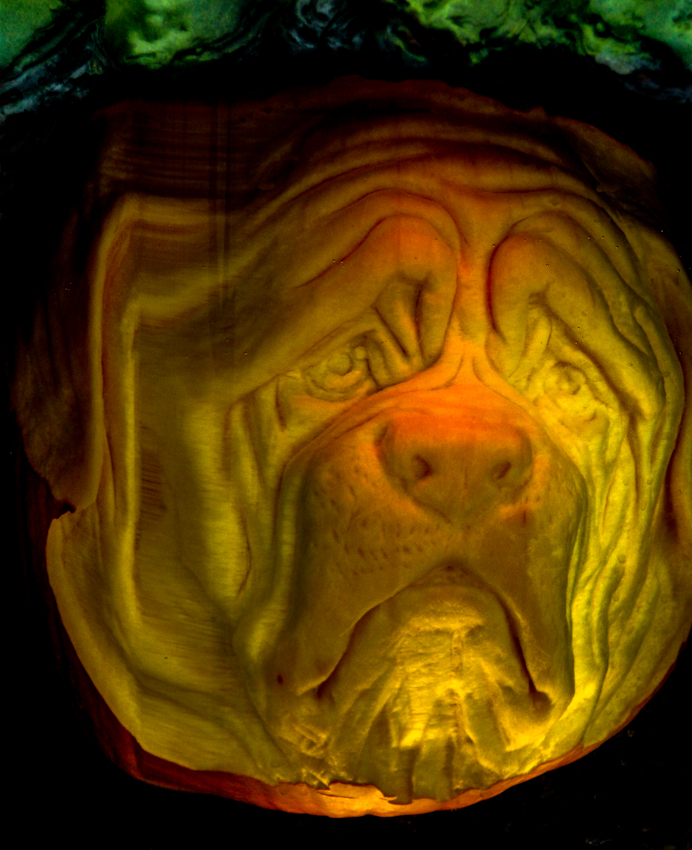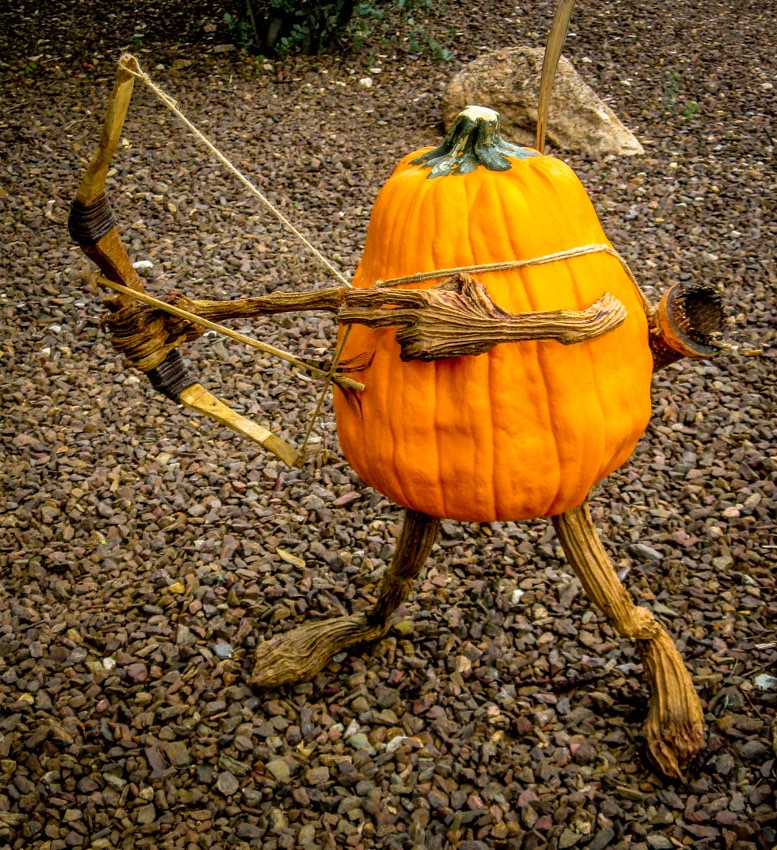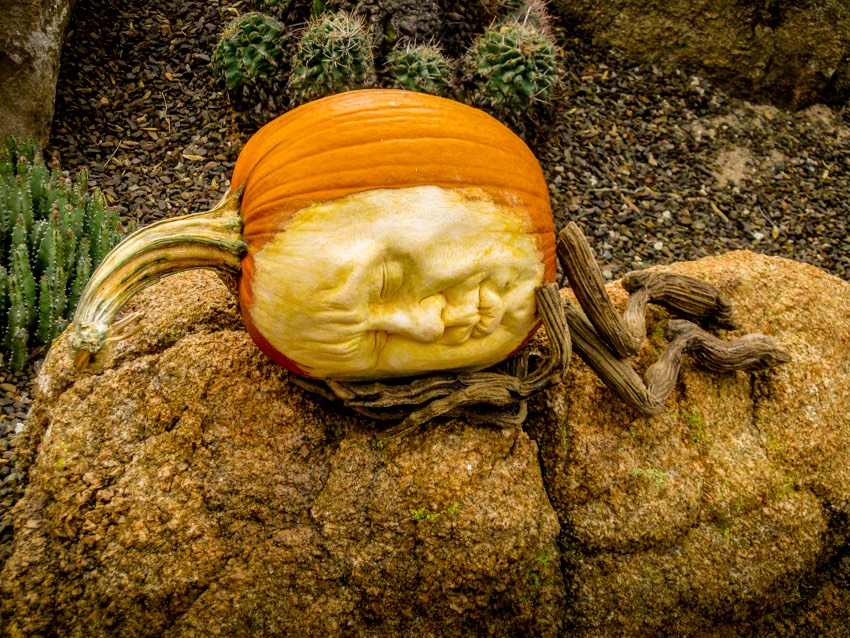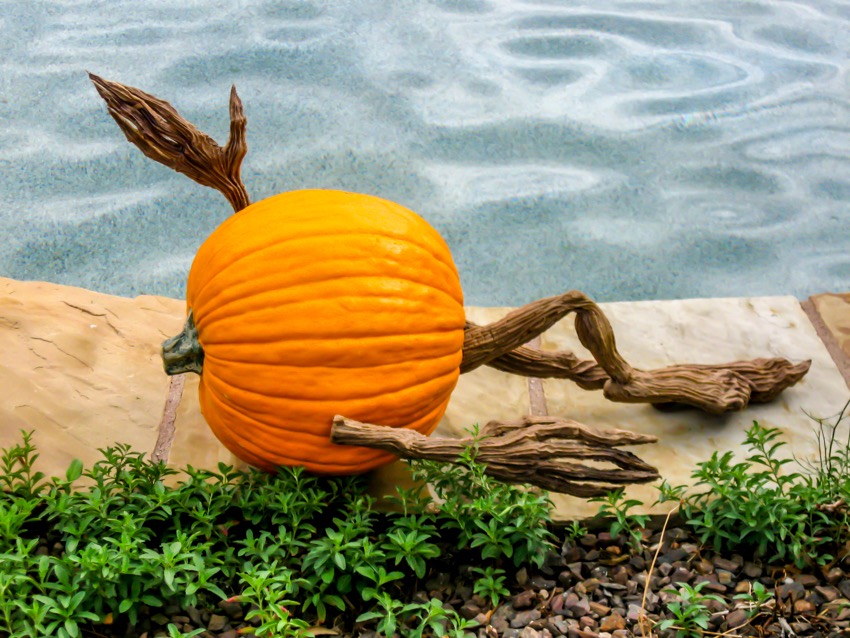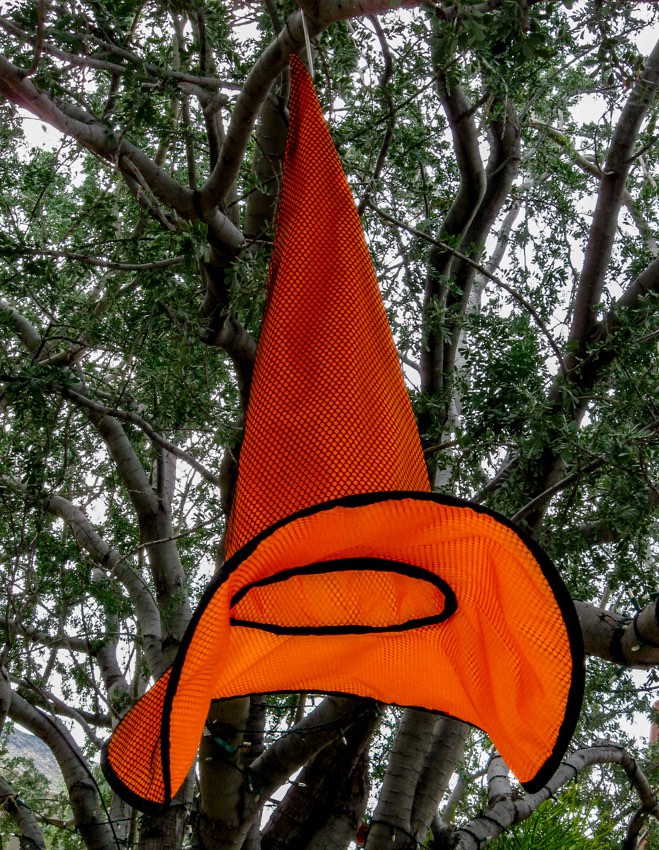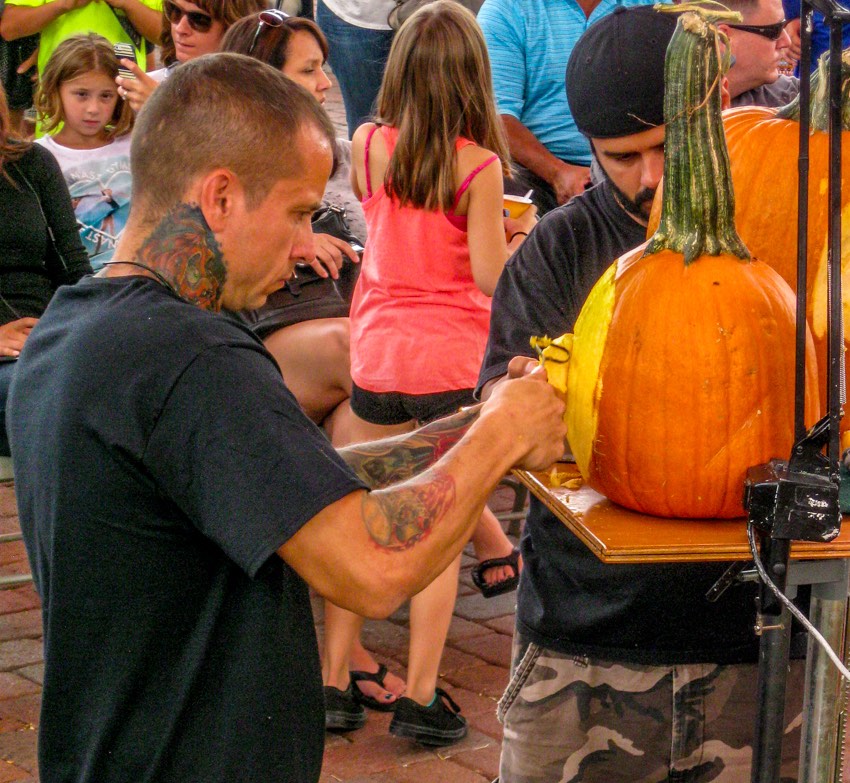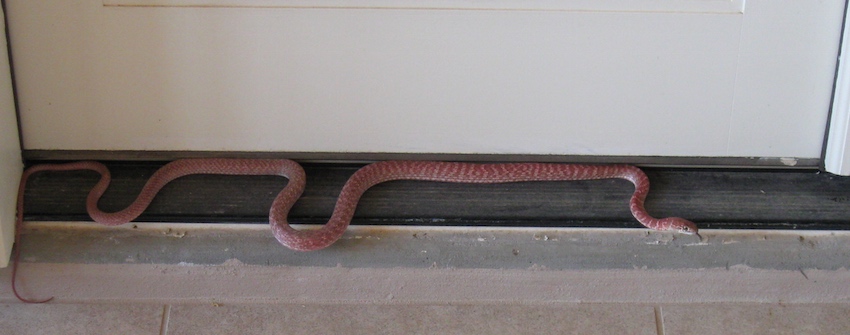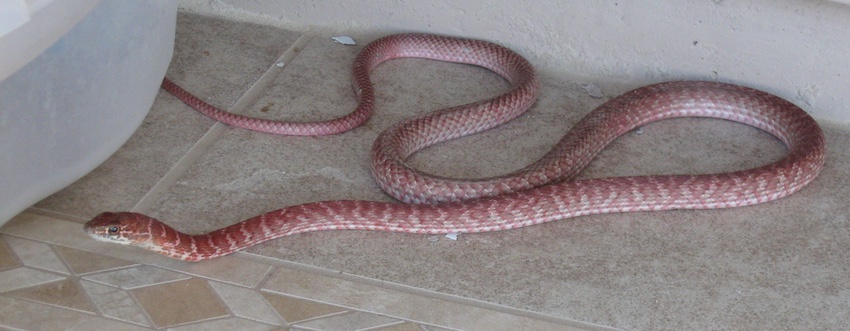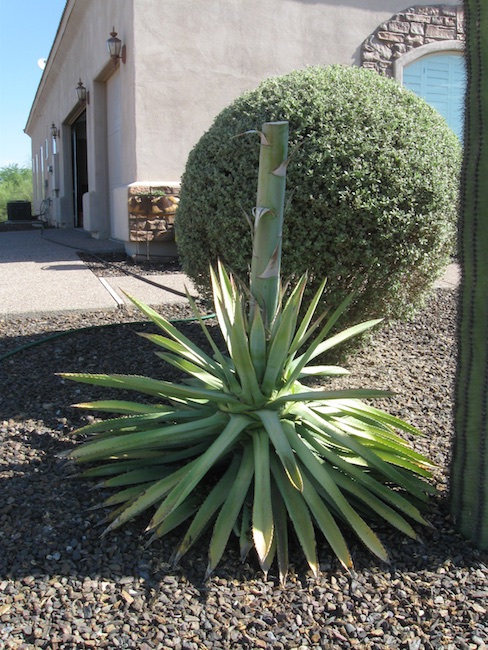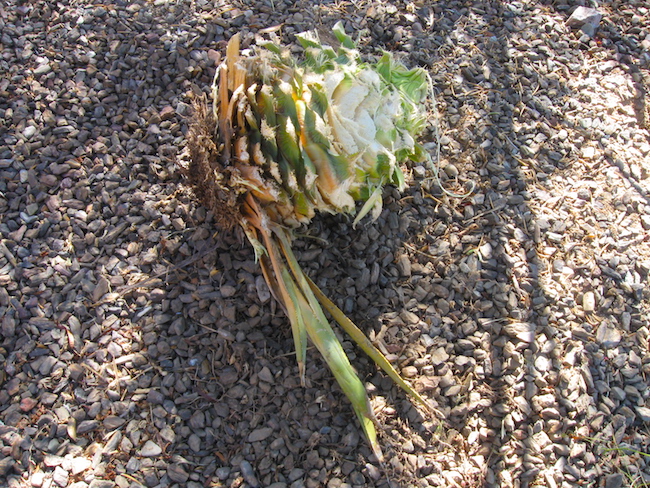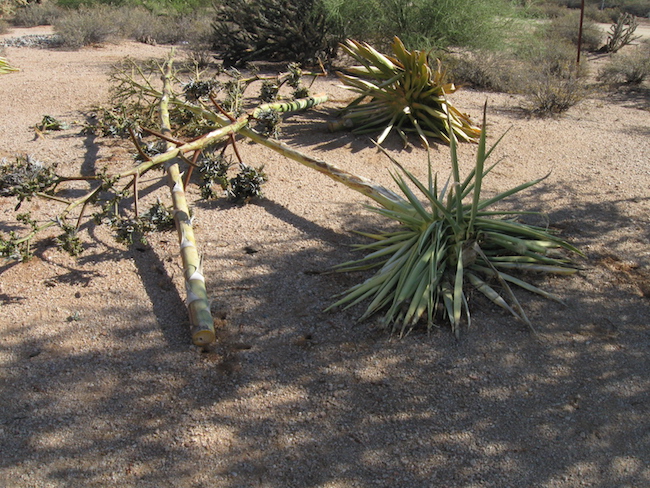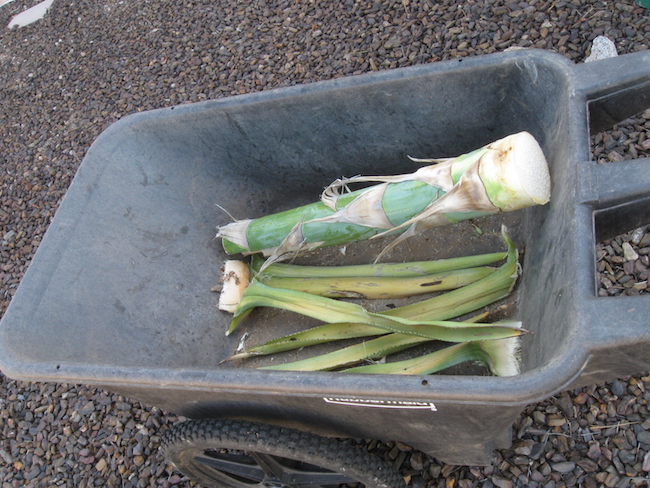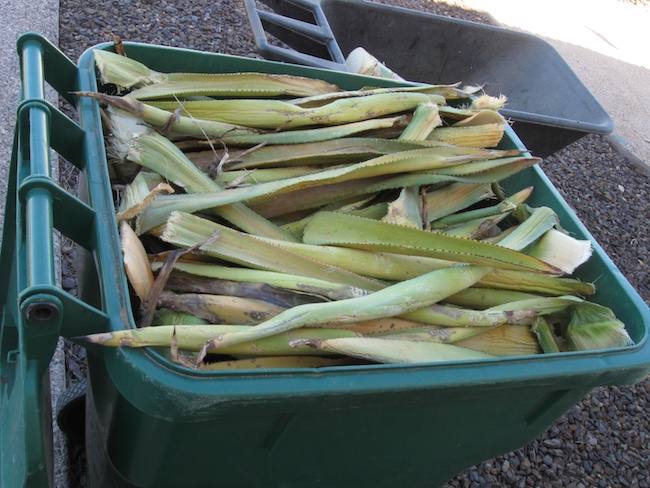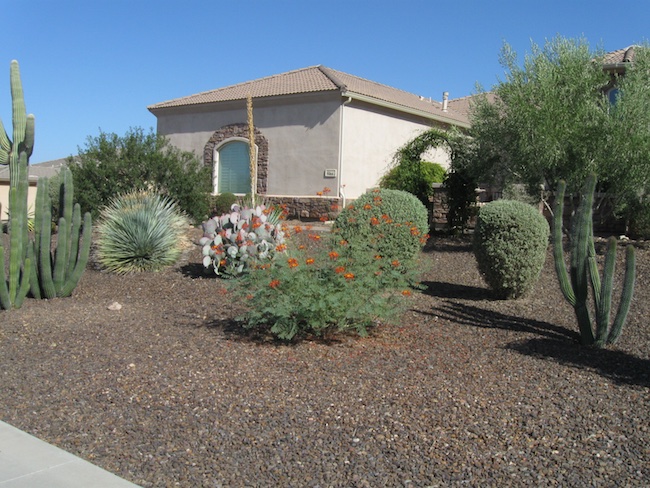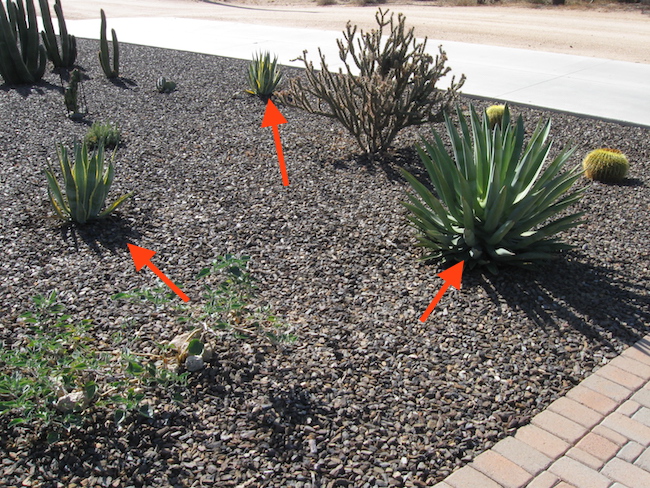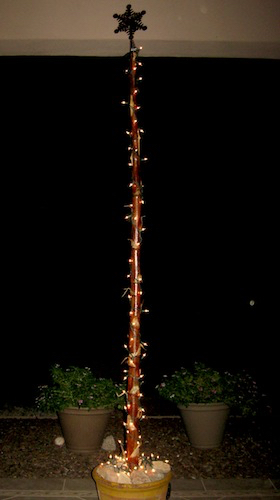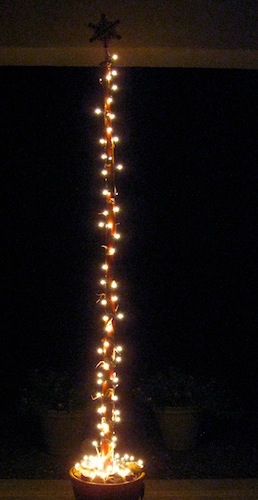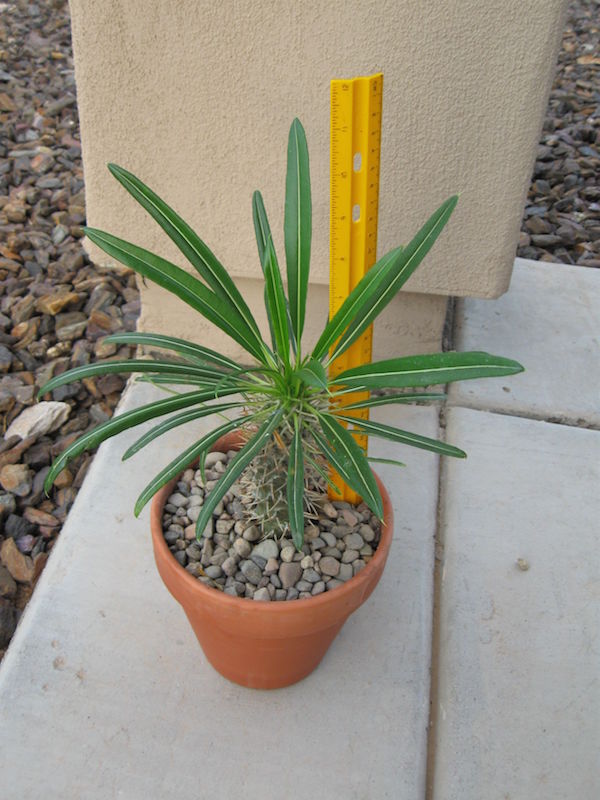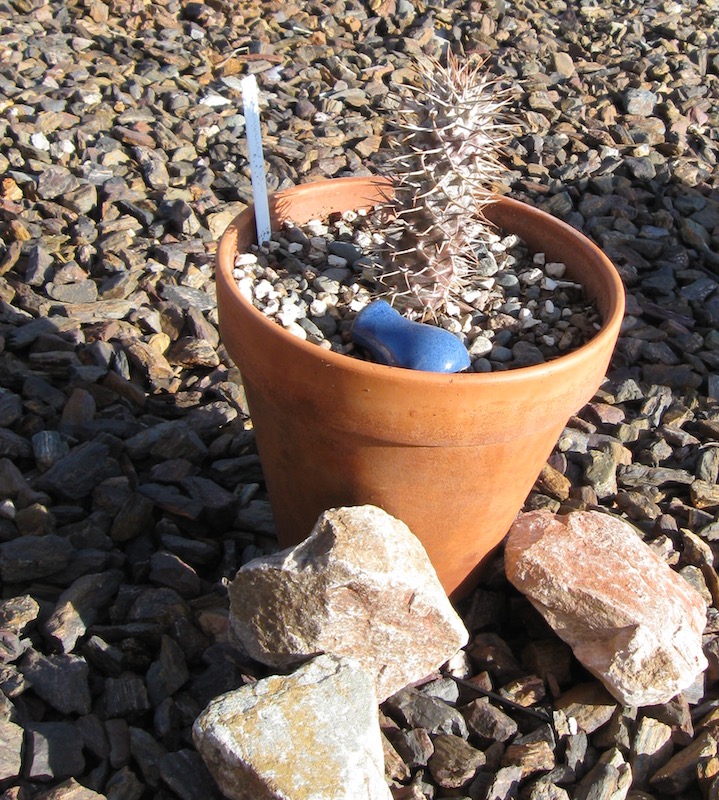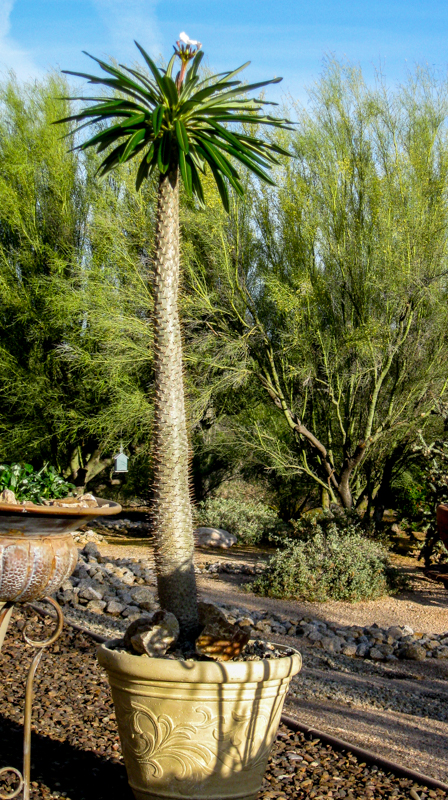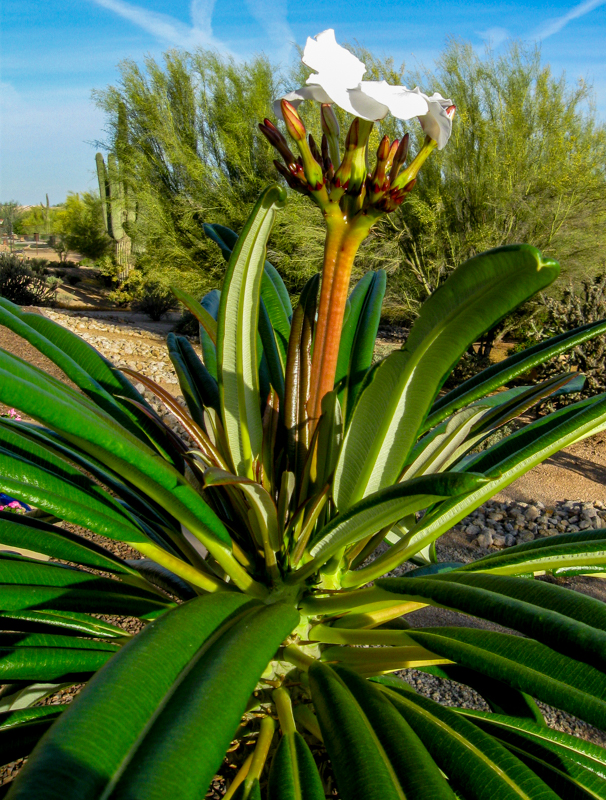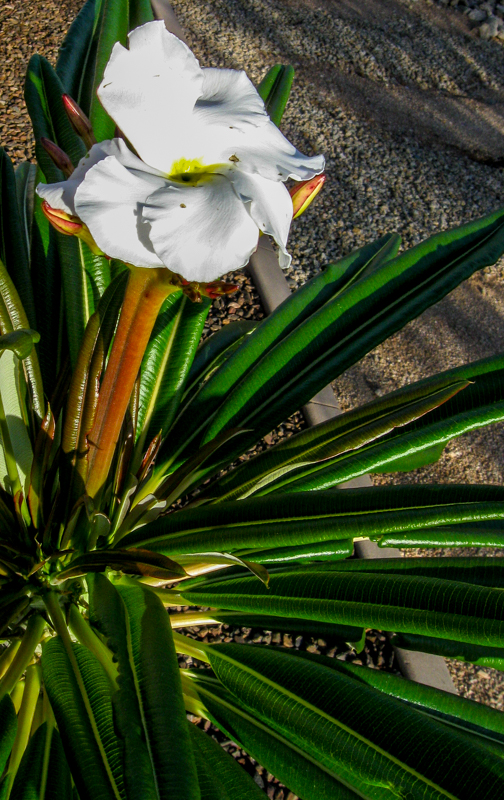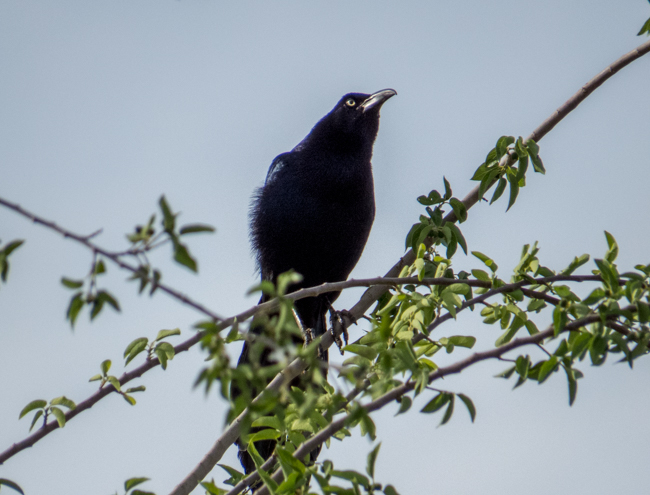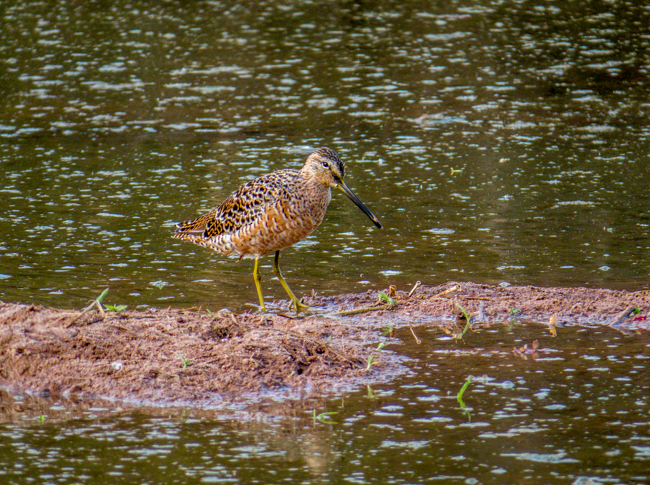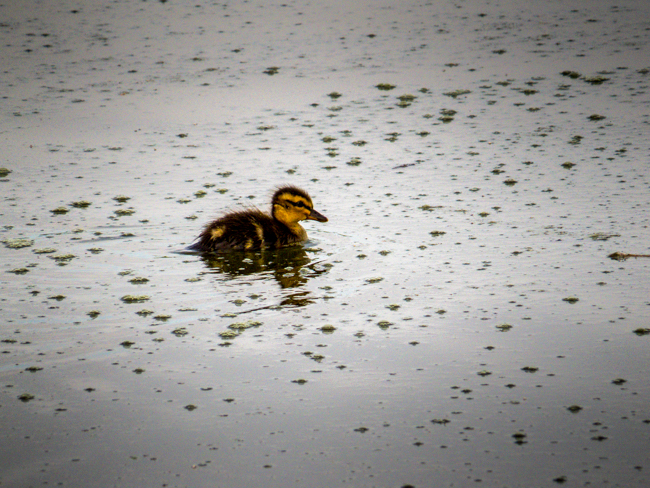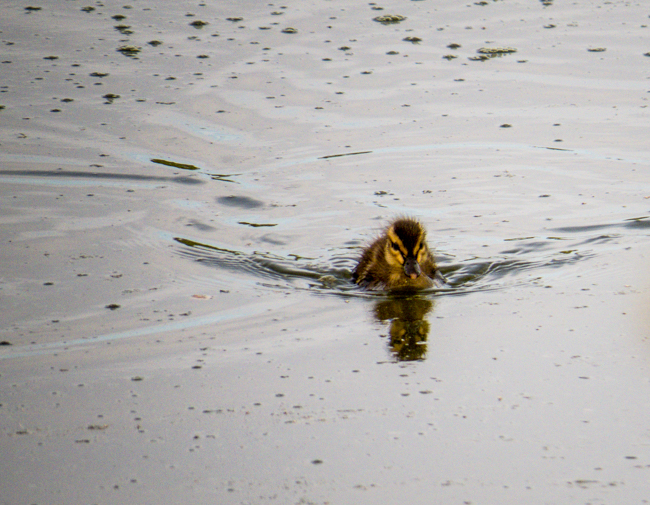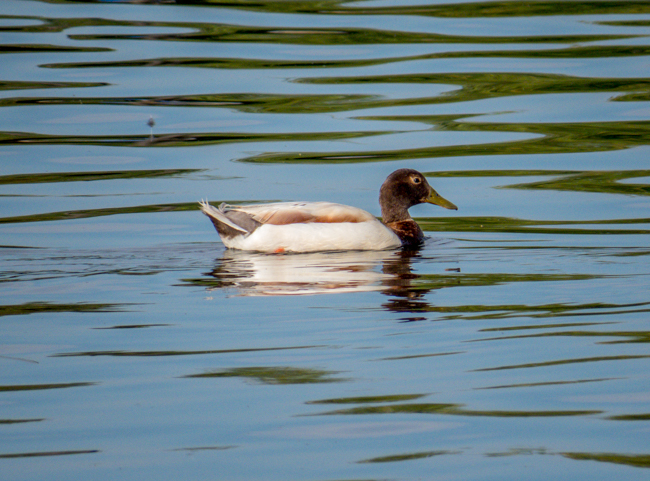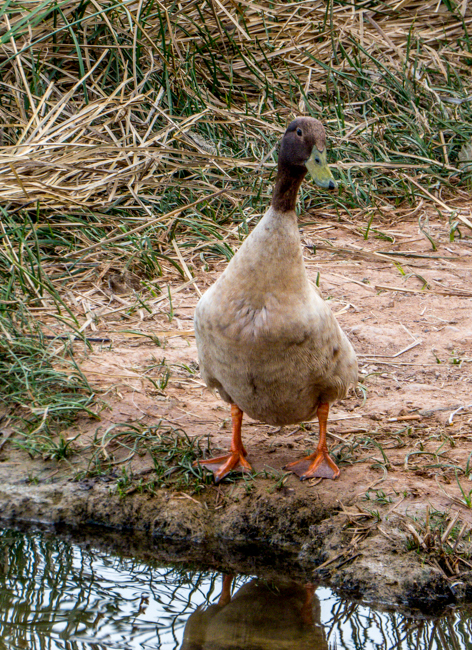Much of our lives were spent in the northeast and although we now live in the southwest and we are fond of the desert, once in a while we get the urge to experience a true change of seasons like those we experienced during the fall in our rural New Jersey home.
When this happens, we look to northern Arizona to satisfy our yearning. Recently we decided to take a November foray to an area just north of Sedona, AZ and hike the trail of the West Fork of the Oak Creek.
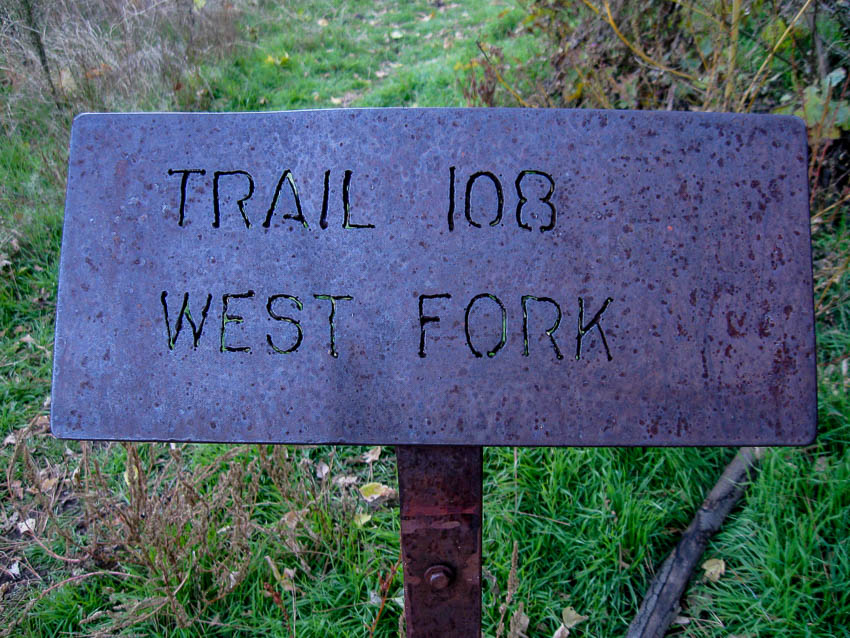
The trail is located off of highway 89A between mileposts 385 and 384. As always, dress appropriately, be sure to have waterproof/resistant footwear and perhaps bring an extra pair of socks. One other hint…many will find hiking sticks useful especially during the stream crossings. If you don’t have hiking sticks, a dead branch can usually be found along the way and often they are left at the trailhead sign.
Soon after we began, we were treated to this beautiful, red rock fall scene. It was a very crisp, clear fall day at the Oak Creek.
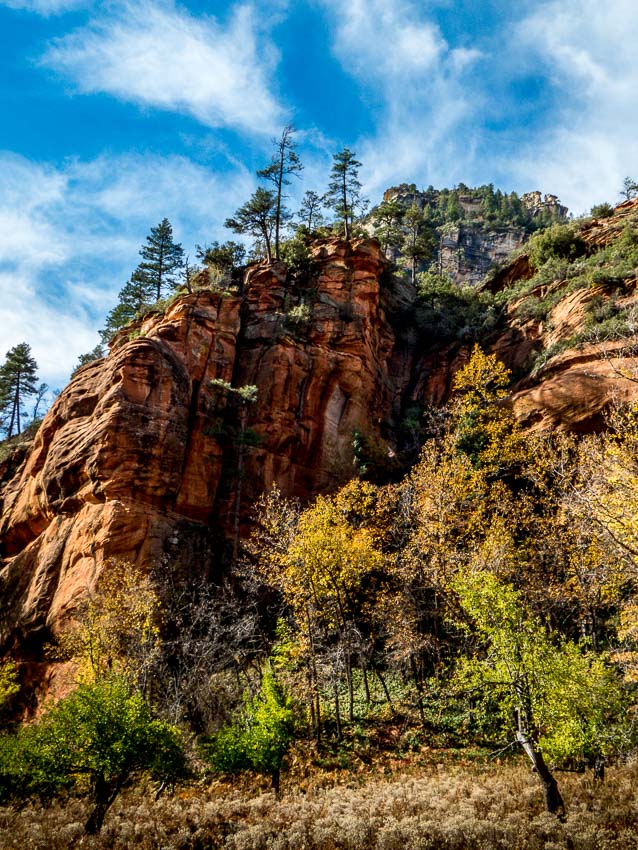
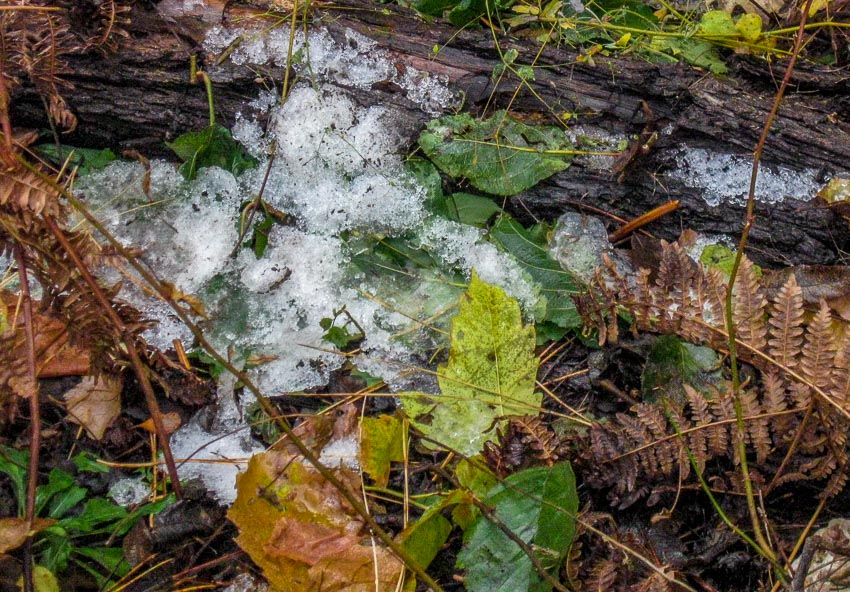
We were aware that it had snowed a week or so before our planned excursion, but we did not realize remnants would still be found. Mary picked up a handful; something we can’t do in the Valley of the Sun.
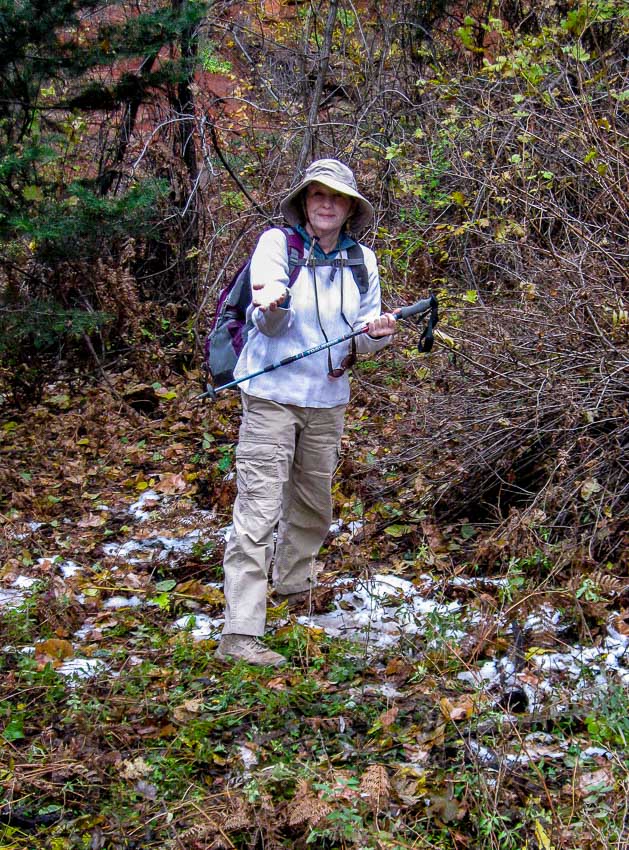
As you may note, there are no officially maintained crossings of the stream which number thirteen each way for a total of twenty six. All hikers are left to decide the best route to attempt. Rocks are not always steady, logs are sometimes slippery and the dry footholds may be far apart. This provides some excitement and challenges. Many hikers brought their four-legged companions along for a frolic.
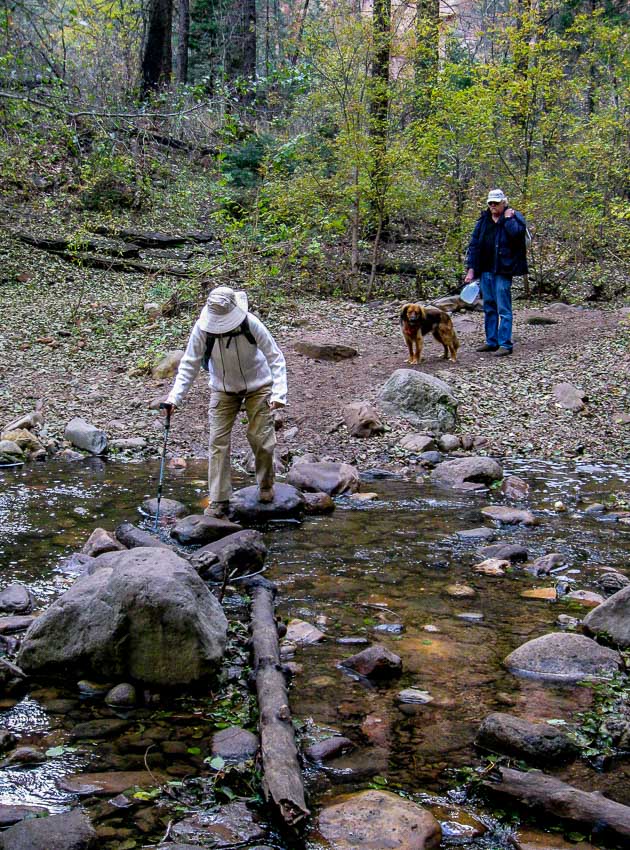
Gymnastics training could come in handy.

The creek widens and narrows along the route providing interesting and contrasting vistas among the red sand and rocks.
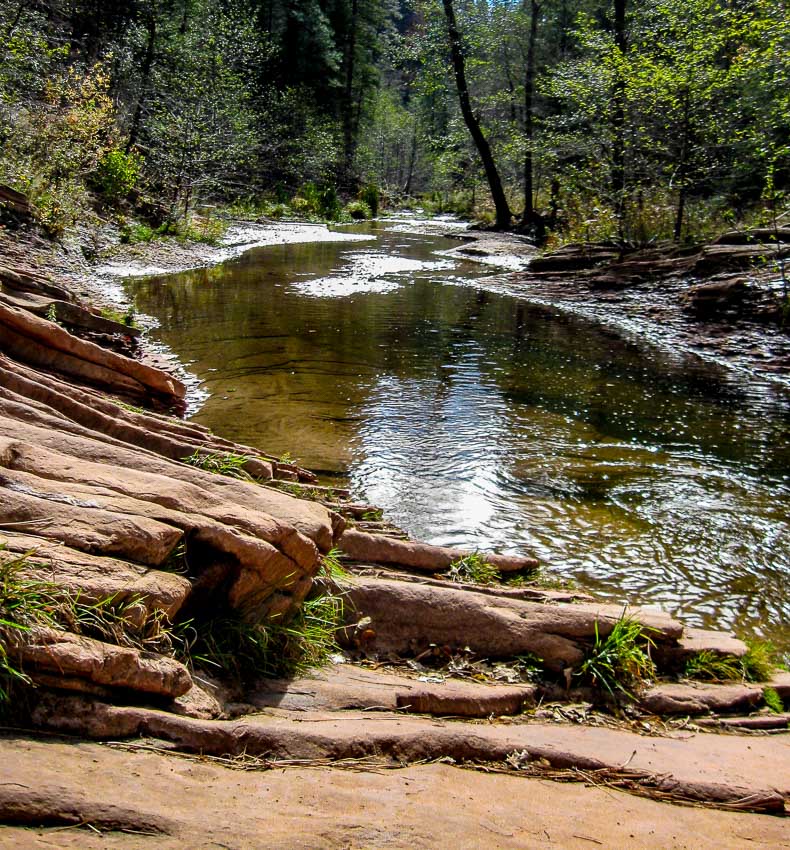
Of course we need to mention the leaves; yes the leaves. In the desert, we don’t have fall leaf colors and shapes like these.
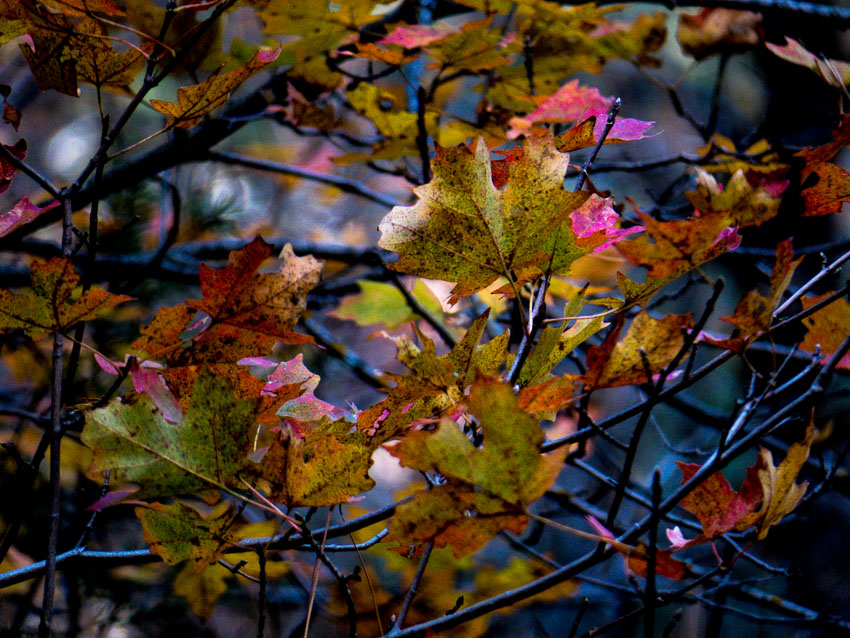
The contrast of reds, yellows and bronze against the dark bark and red cliffs was very pretty.
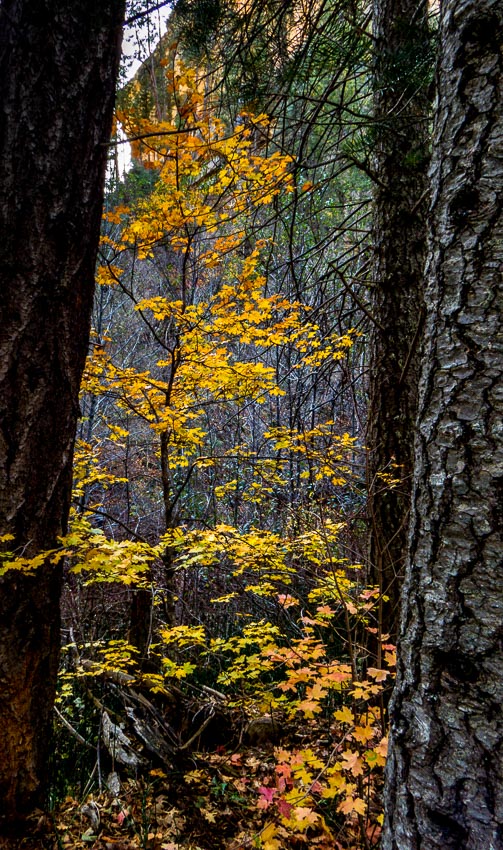
Change was definitely in the air. Leaves were donning their seasonal finery as they fell to the ground or attempted to cling to the branches just a bit longer.
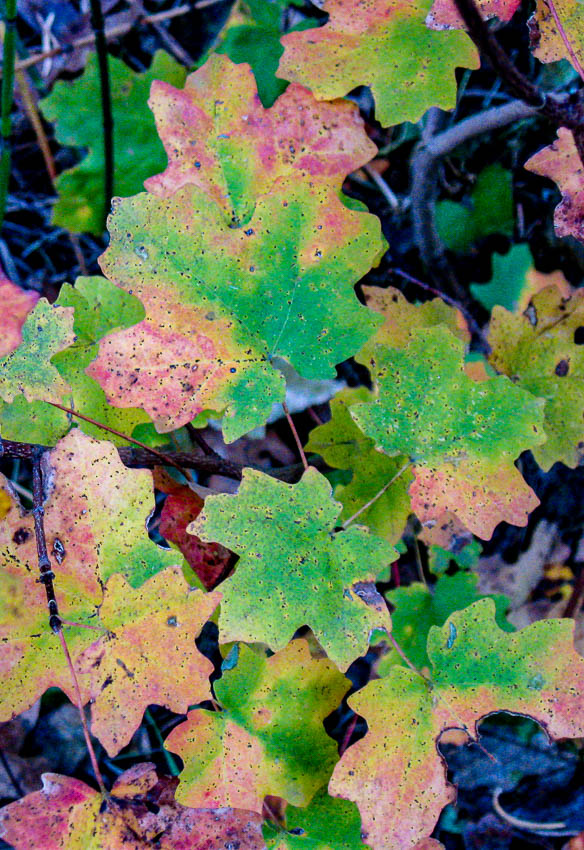
The patches of dried, brown foliage also provided a pretty foil for the remaining snow which provided the background for the patterns of fall.
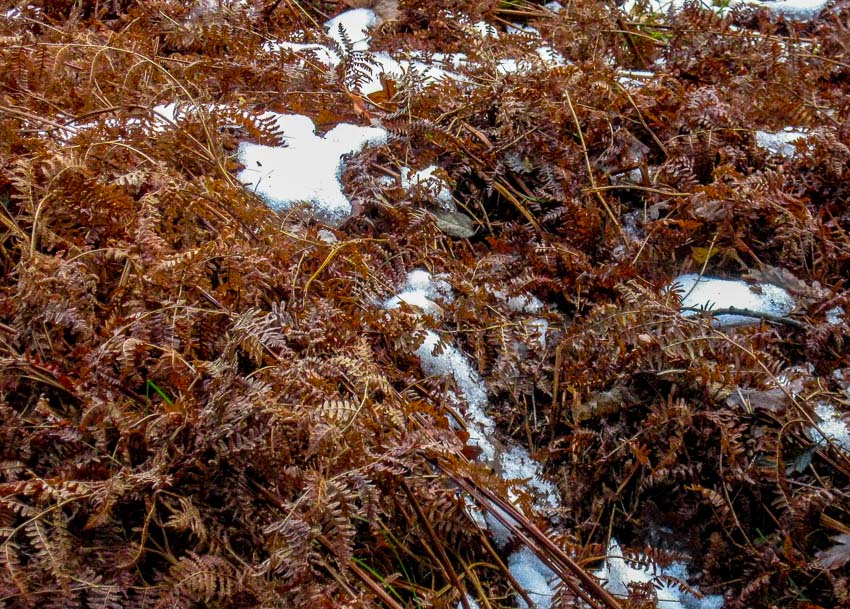
To be continued…
For more information about the West Fork of Oak Creek, Sedona including hours of operation, fees and restrictions, see the links below:
